Orostachys 101: Mastering the Care of These Captivating Succulents
Get ready to dive into the fascinating realm of Orostachys – a genus of succulents that will steal your heart with their quirky looks and easy-going nature. These small but mighty plants hail from Asia and are sure to become your new green buddies!
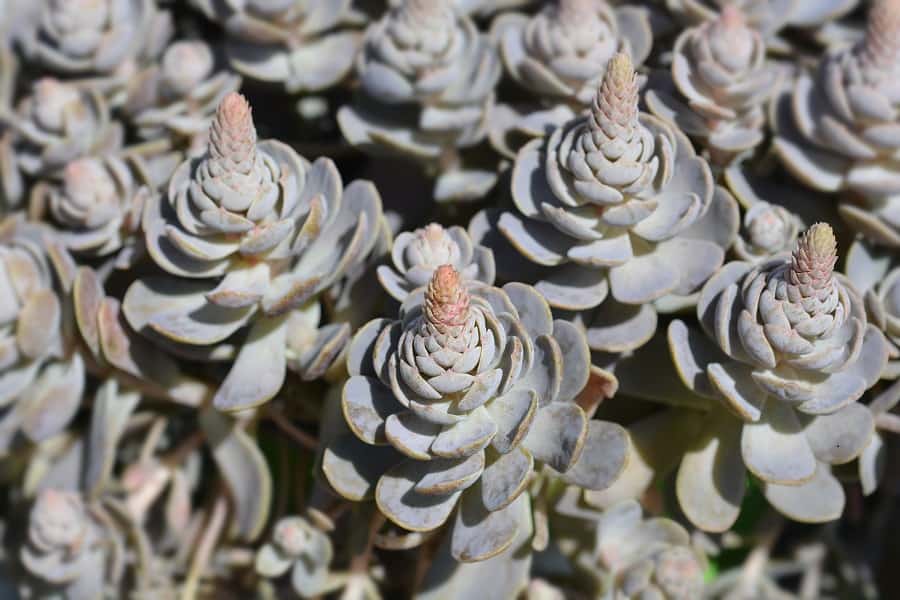
Related Post:
1,000 Types of Succulents With Pictures
Contents
- 1 What Are Orostachys Succulents?
- 2 Types of Orostachys Succulents
- 2.1 Orostachys aggregate
- 2.2 Orostachys boehmeri
- 2.3 Orostachys chanetii
- 2.4 Orostachys cartilaginea
- 2.5 Orostachys fimbriata
- 2.6 Orostachys furusei
- 2.7 Orostachys gorovoii
- 2.8 Orostachys japonica
- 2.9 Orostachys maximowiczii
- 2.10 Orostachys malacophylla
- 2.11 Orostachys malacophylla var. iwarenge
- 2.12 Orostachys spinosa
- 2.13 Orostachys thyrsiflora
- 3 Caring for Your Orostachys Buddies
- 4 Propagating Your Orostachys Family
What Are Orostachys Succulents?
Orostachys are elegant, rounded rosettes that resemble their cousins, the Sempervivums. They have a “hens and chicks” growth pattern, with spiny leaves that make them hardy against cold temperatures. These fast-growing succulents produce white or pink bell-shaped flowers and boast gray or green leaves that grow densely together.
Although they’re not commonly found everywhere, Orostachys are native to China, Korea, Kazakhstan, Mongolia, and Japan. Despite being a bit elusive, these succulents are worth the effort – they’re easy to care for and propagate, making them an excellent investment for any plant lover.
Types of Orostachys Succulents
Let’s take a closer look at the different types of Orostachys you might encounter:
Orostachys aggregate
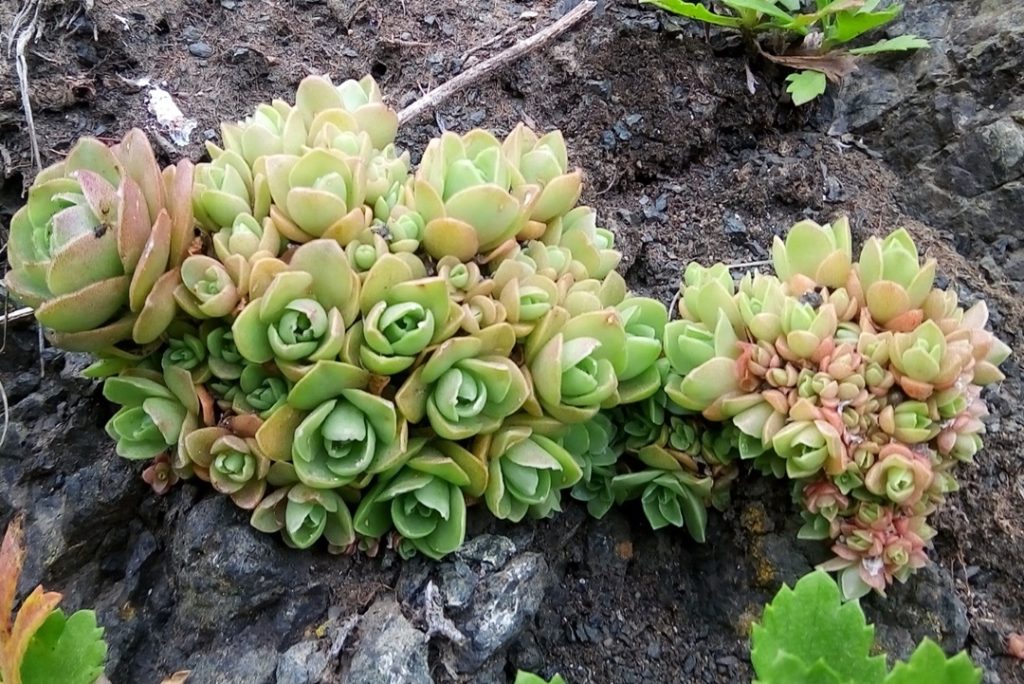
This species forms tight, rounded clusters of plump, grayish-green rosettes. The fleshy leaves are triangular and tipped with a small spine, giving the plant a spiky appearance.
Orostachys boehmeri
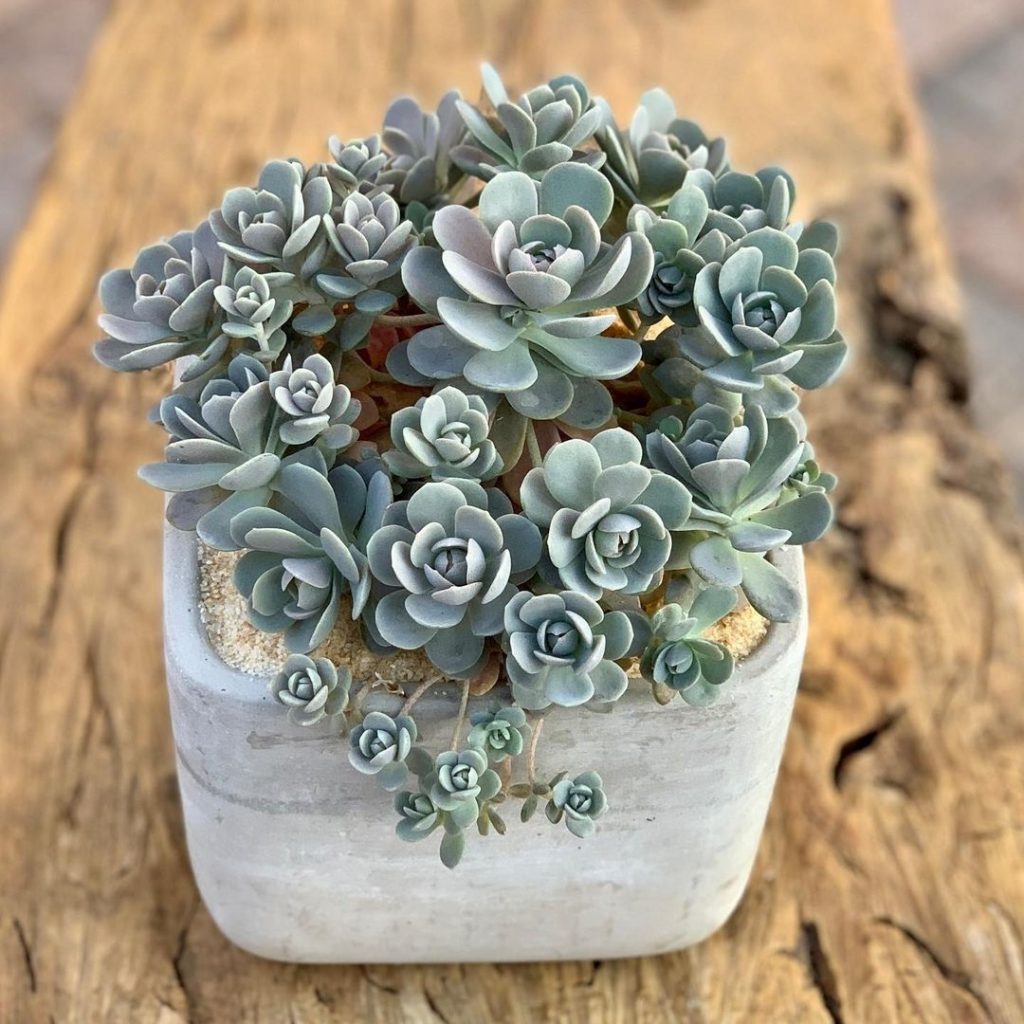
A unique Orostachys with elongated, triangular leaves that turn a striking reddish-purple color when exposed to bright light. The rosettes are open and loose in arrangement.
Orostachys chanetii
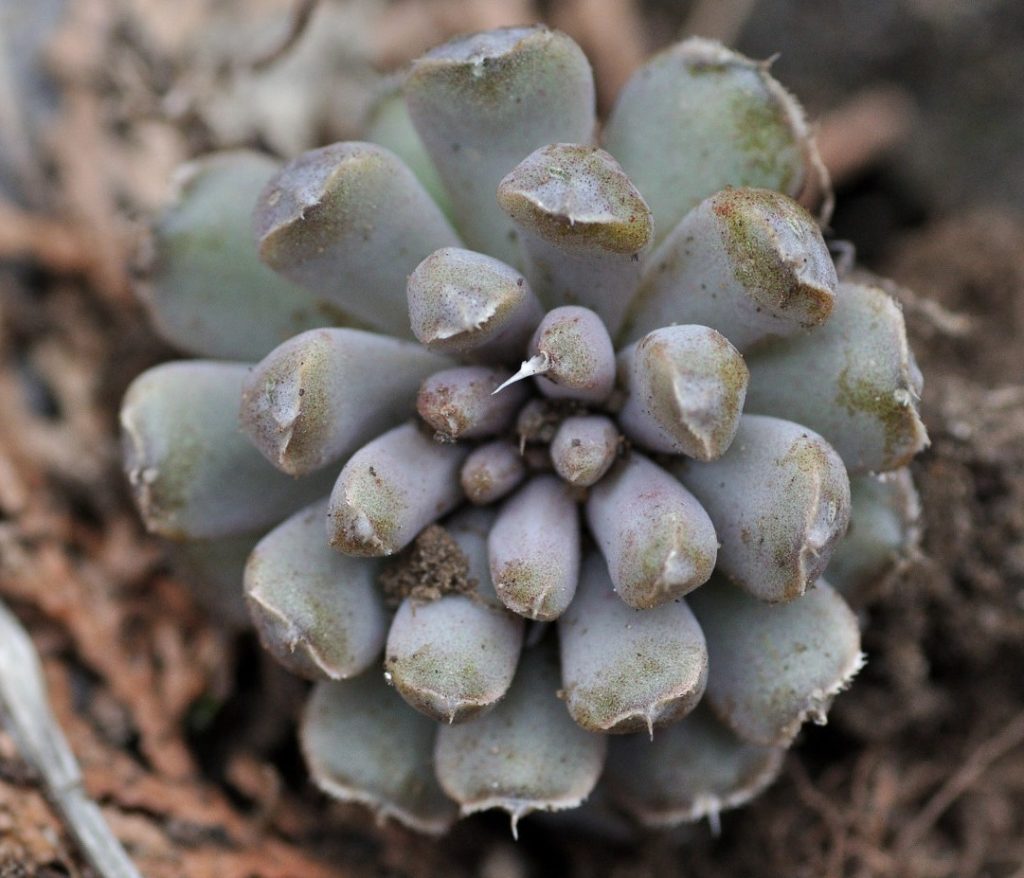
Featuring compact rosettes composed of thick, fleshy leaves that are grayish-green in color with reddish tips. The leaves are tightly packed and form a neat, symmetrical pattern.
Orostachys cartilaginea
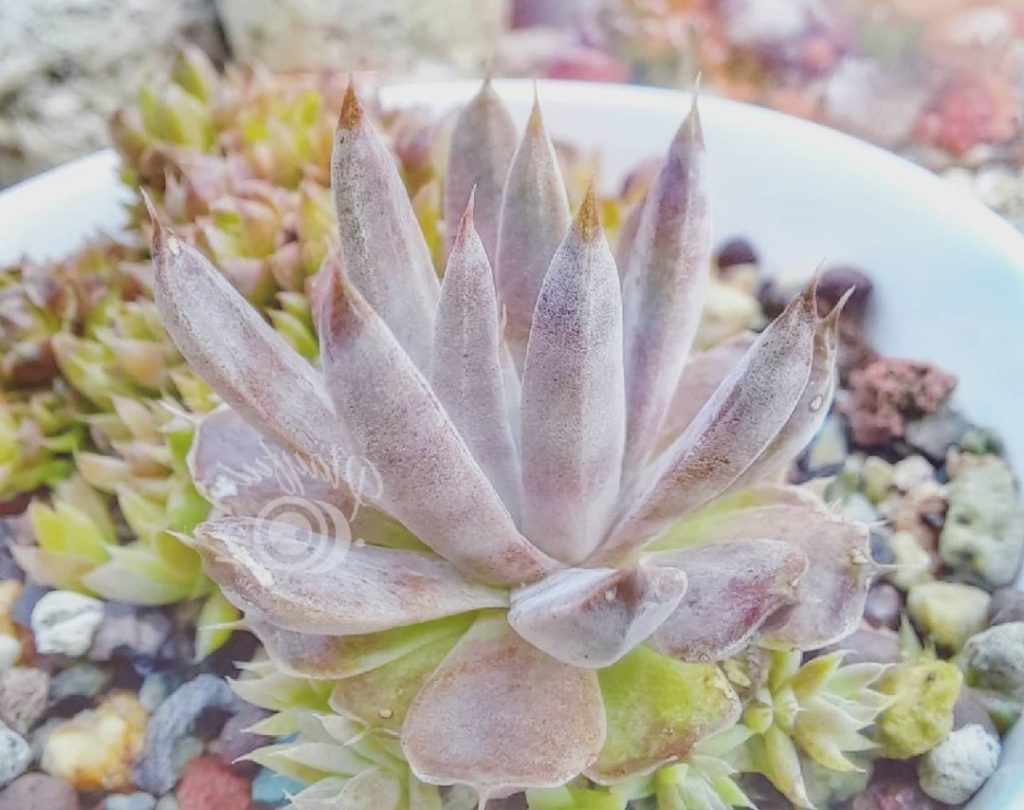
This one has large, open rosettes with thick, leathery leaves that are grayish-green with reddish tips when exposed to plenty of sunlight. The leaves are wide and slightly curved inward.
Orostachys fimbriata
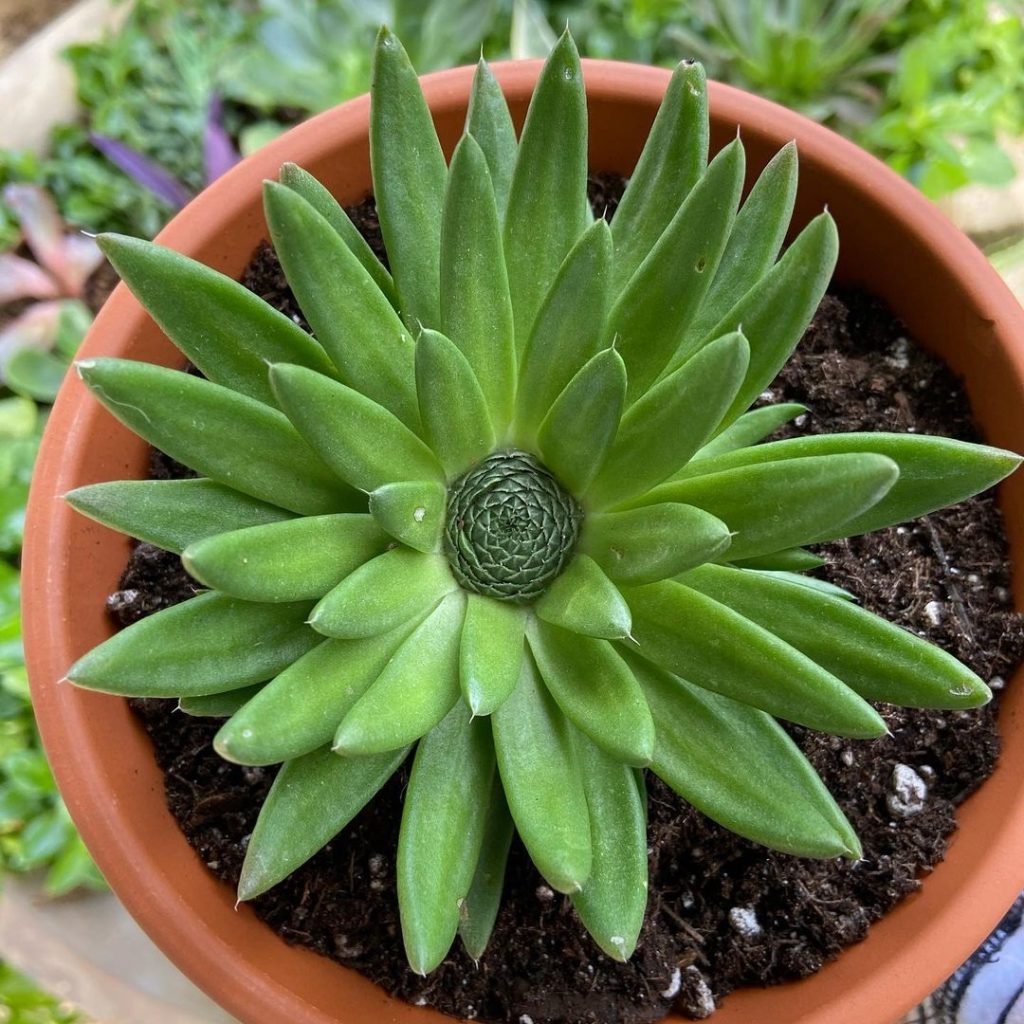
Characterized by its fringed, hairy leaves that give the plant a fuzzy, soft appearance. The rosettes are compact and the leaves are a muted grayish-green color.
Orostachys furusei
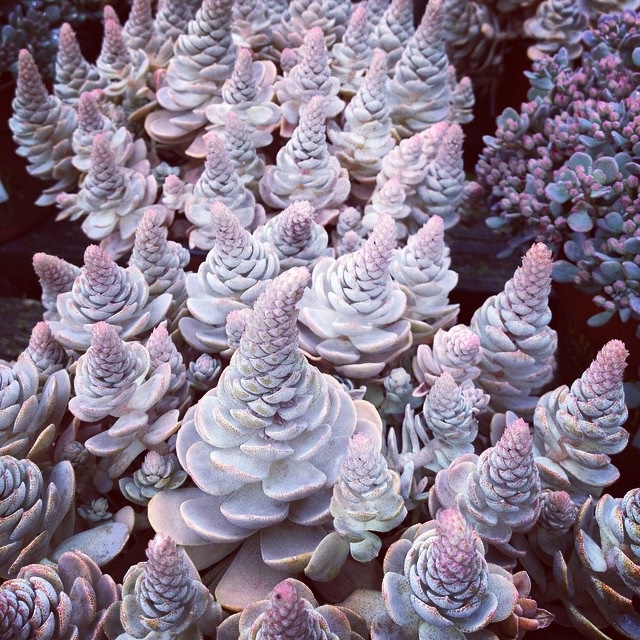
A compact species with tightly packed rosettes of grayish-green, pointed leaves. The leaves are thick and succulent, arranged in a neat, symmetrical pattern.
Orostachys gorovoii
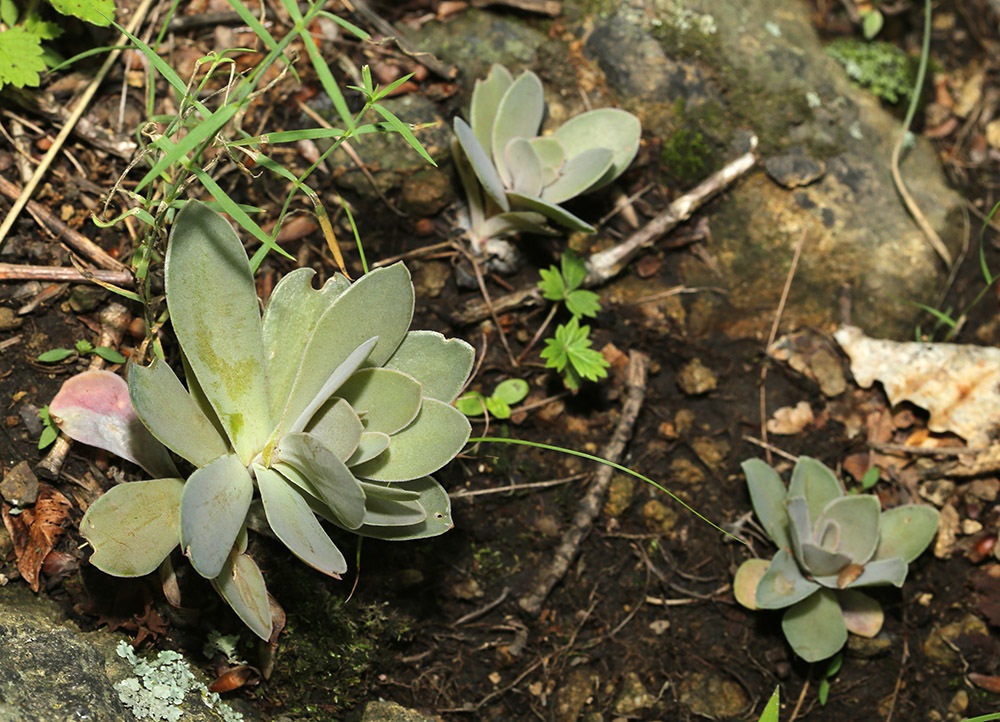
Boasting large, open rosettes with thick, fleshy leaves that are grayish-green in color with reddish tips when exposed to bright light. The leaves are wide and slightly curved inward.
Orostachys japonica
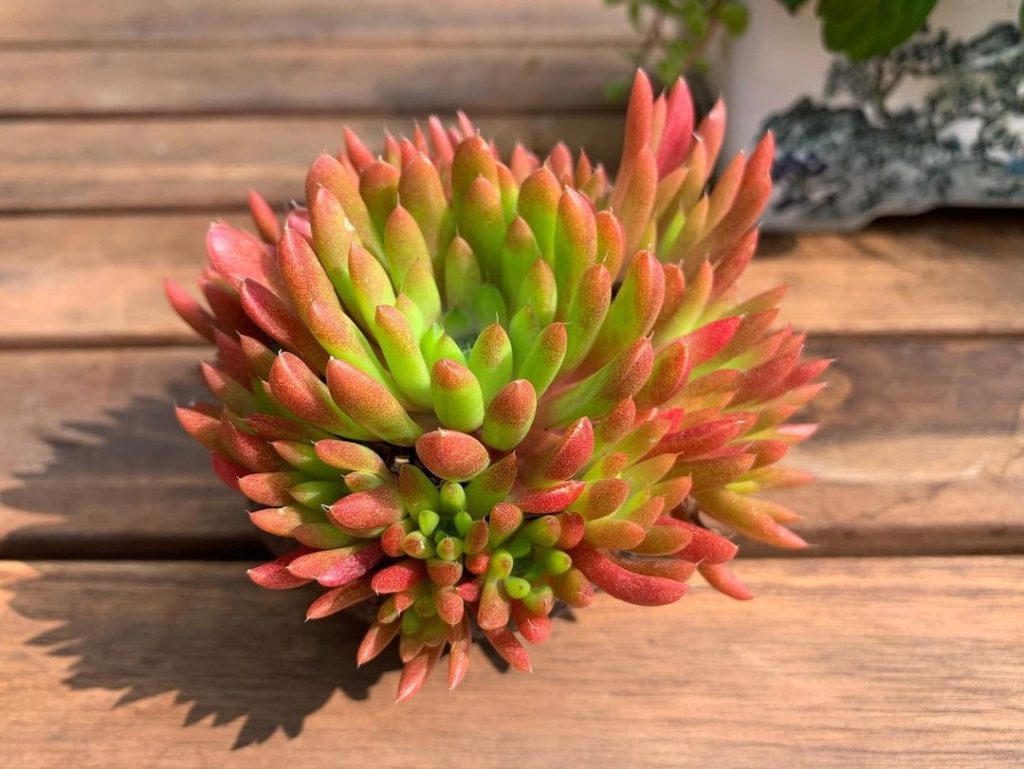
A popular species with tight clusters of small, grayish-green rosettes. The leaves are slender and tipped with a small spine, giving the plant a spiky texture.
Orostachys maximowiczii
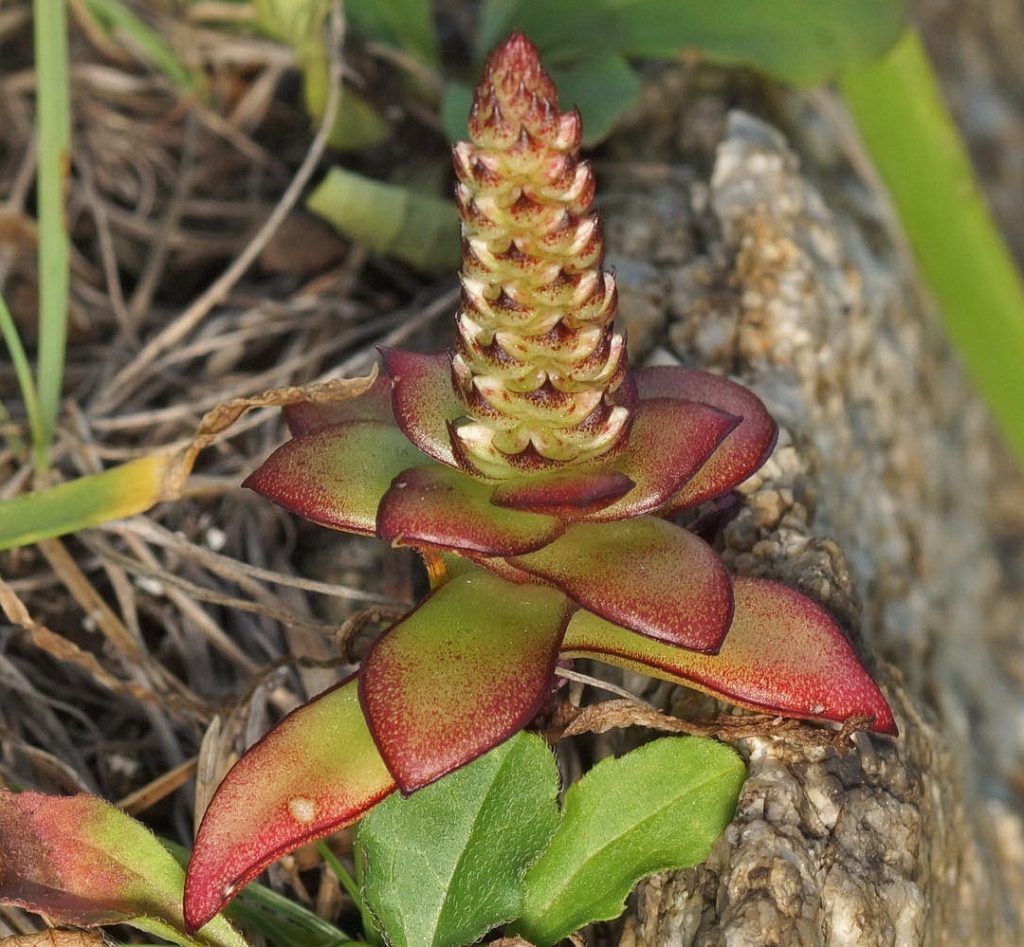
This one has large, open rosettes with thick, fleshy leaves that are grayish-green with reddish tips in bright light. The leaves are wide and slightly curved outward.
Orostachys malacophylla
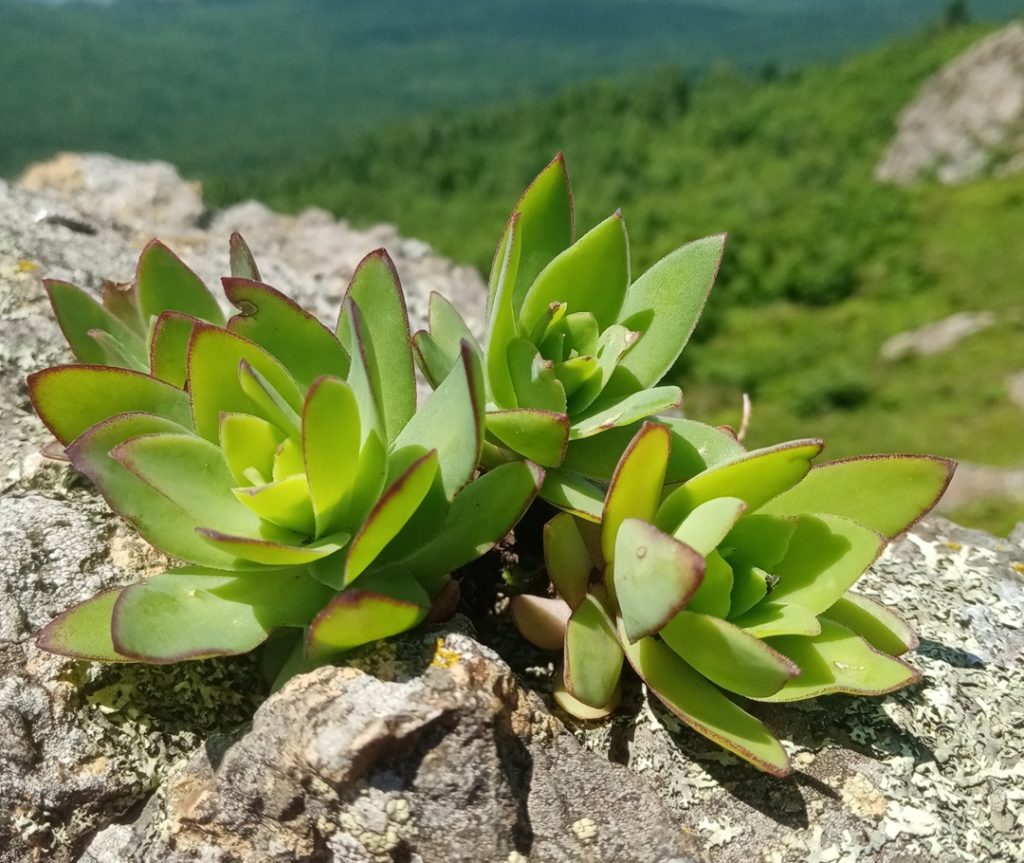
Featuring compact rosettes with soft, hairy leaves that give the plant a fuzzy, velvety appearance. The leaves are a muted grayish-green color and tightly packed together.
Orostachys malacophylla var. iwarenge
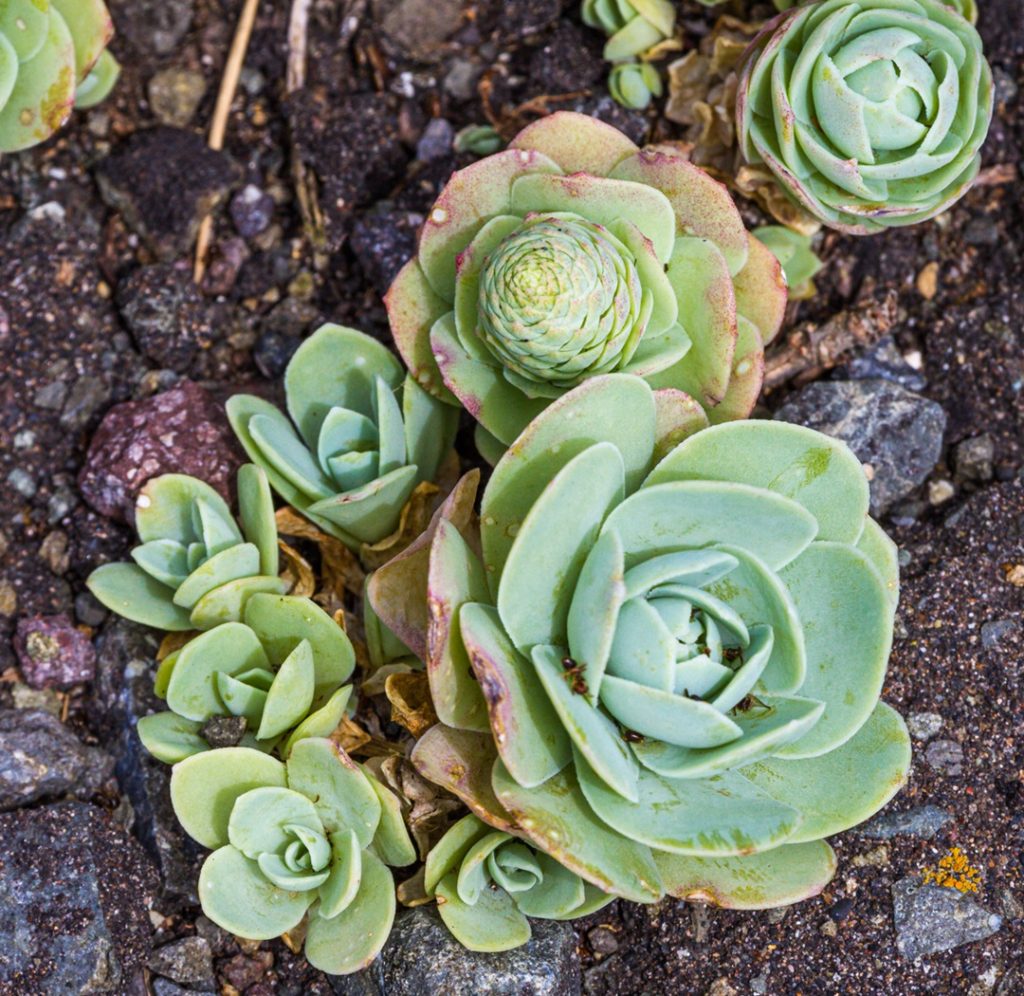
A variety with smaller, more compact rosettes and even hairier leaves than the species, resulting in an extra fuzzy, velvety texture.
Orostachys spinosa
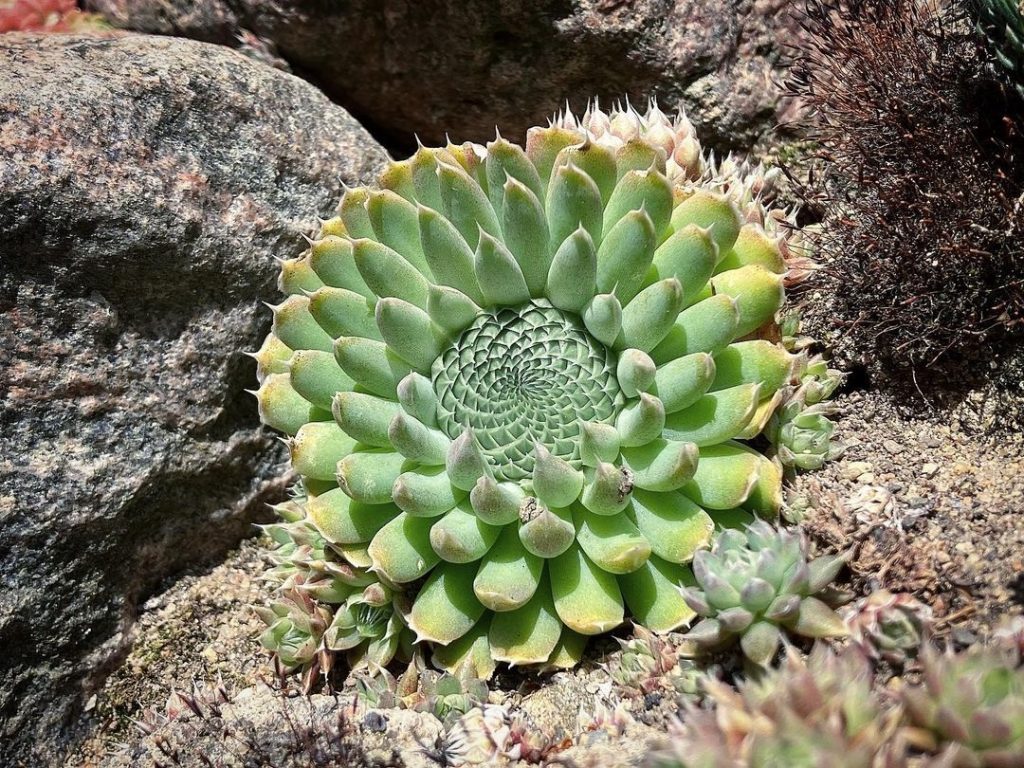
A cold-hardy species with dense clusters of spiky, grayish-green leaves tipped with sharp spines. The rosettes are tightly packed and symmetrical.
Orostachys thyrsiflora
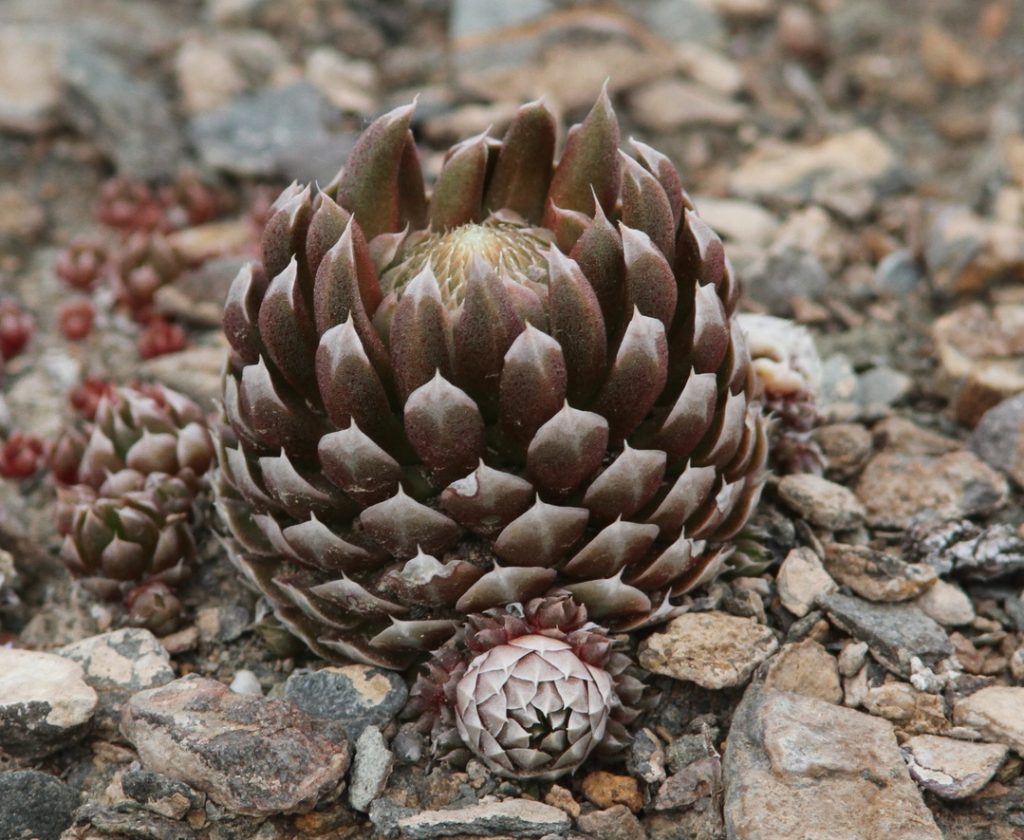
Known for its tall flower stalks that can reach up to 8 inches (20 cm) in height, bearing clusters of white or pink bell-shaped blooms. The rosettes are open and loose in arrangement.
Caring for Your Orostachys Buddies
Orostachys are low-maintenance succulents, making them perfect for even the busiest plant parents. Like most succulents, they’re designed to thrive with minimal fuss. Here are some tips to keep your Orostachys happy and healthy:
Lighting
Orostachys love bright, indirect light. If you’re growing them indoors, place them near a sunny window or use grow lights to provide the necessary light exposure.
Temperature
These succulents are cold-hardy and can withstand temperatures as low as -30°F (-34°C)! However, they prefer cooler conditions and shouldn’t be exposed to constant rain or snow thaws, as this can lead to saturated soil.
Soil
Orostachys need well-draining soil to prevent root rot. A cactus or succulent potting mix works best, or you can create your own by mixing regular potting soil with materials like perlite or sand to improve drainage.
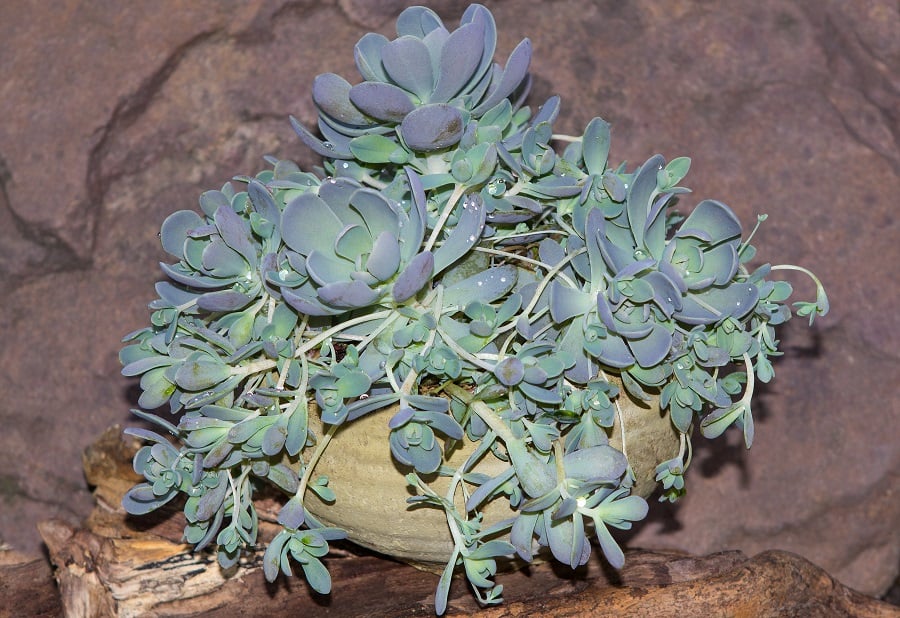
Watering
Like most succulents, Orostachys don’t need frequent watering. Allow the soil to dry out completely between waterings, and be sure to water in the morning so any moisture on the leaves can evaporate during the day. This helps prevent rot or fungal issues.
Pruning
Orostachys are low-maintenance when it comes to pruning. Simply remove any dead or damaged leaves to keep the plant looking tidy and prevent pest infestations.
Propagating Your Orostachys Family
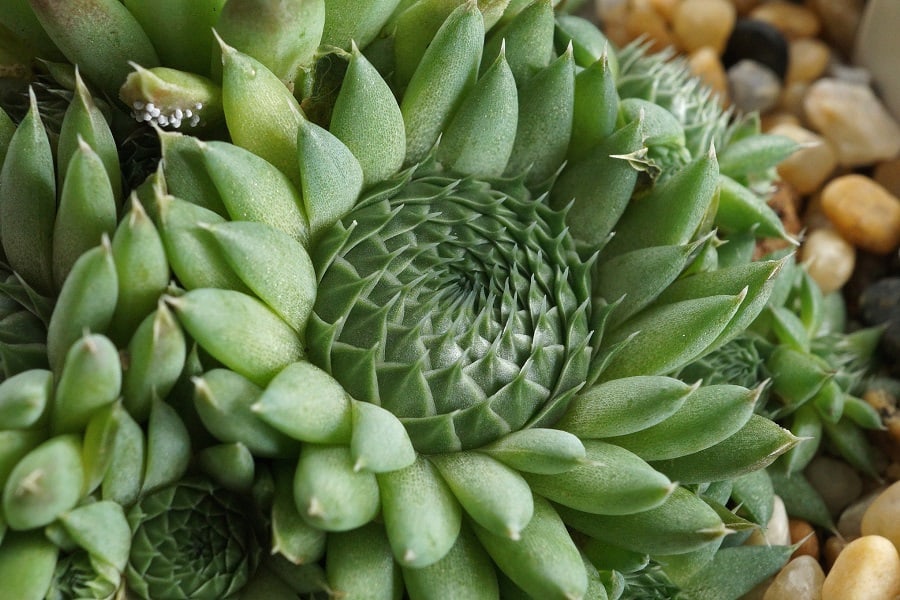
One of the best things about Orostachys is how easy they are to propagate! These succulents naturally produce offsets (baby plants) that can be separated to create new plants. Here’s a step-by-step guide to propagating your Orostachys:
- Look for offsets that have already developed roots. These will be connected to the mother plant by a modified stem called a stolon.
- Using a clean pair of scissors or pruners, snip the stolon close to the offset, making sure to leave the roots attached to the baby plant.
- Prepare a small pot or tray with well-draining succulent or cactus potting mix.
- Gently remove any soil from the offset’s roots and place it in the prepared pot or tray.
- Don’t water the new offset until you see signs of new growth, as too much moisture can cause rot.
- For Chinese dunce cap varieties, you can also propagate by removing healthy, plump leaves and letting them callus over before placing them on top of dry soil.
With a little patience and care, you’ll soon have a whole family of Orostachys to enjoy! These quirky succulents are sure to bring a smile to your face and add a touch of charm to your indoor or outdoor garden.
